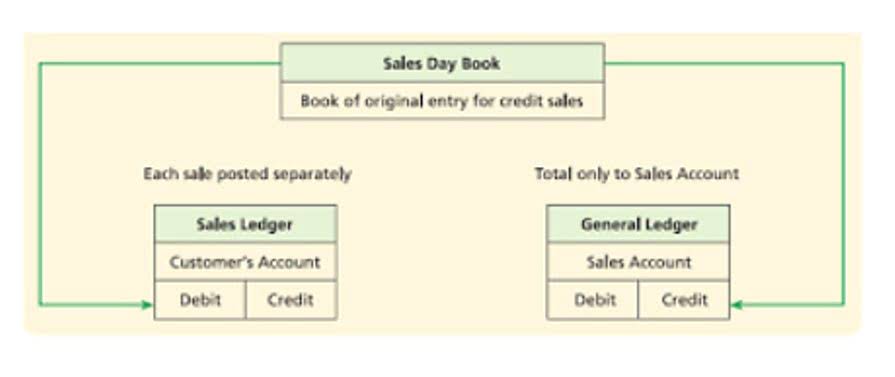
To start, the table below shows the company’s historical financial statements – the income statement and balance sheet – of our hypothetical company, which we’ll be using throughout our two-part exercise. The formula to perform vertical analysis on the income statement, assuming the base figure is revenue, is as follows. An income statement vertical analysis is very similar to the balance sheet vertical analysis, except we’re using revenue as our base.
In either case, vertical analysis brings such issues into focus in a straightforward manner. For this example, the analysis will be carried out on the data reported for 2021. However, you can do this quickly for multiple years, particularly if you use a balance sheet template. Since the total will be the same for all line items in this section, use absolute referencing ($) for the total.
Percentage of Total Assets Calculation
In accounting, a vertical analysis is used to show the relative sizes of the different accounts on a financial statement. This involves staying up to date with industry trends and evolving financial vertical analysis formula practices, as well as evaluating the outcomes of decisions influenced by this analysis. Just like any financial statement analysis method, vertical analysis isn’t a one-time task.

Previously, Stefan served as the Corporate Controller for Kodiak Cakes, a private equity owned, leading consumer packaged food company, and as a Controller for Skullcandy, a multinational headphone CPG. This approach provides insights into patterns over time, highlighting increases, decreases, or trends. For example, it can help identify if a company’s accounts receivable has steadily increased over the past three years, which could indicate a problem with credit and collection policies. For instance, we can see that our company’s long-term debt as a percentage of total assets is 17.0%.
Integrating vertical analysis into financial reporting and communication
This approach uses one line item on the statement as a base against which to evaluate all other items in the same statement. Armed with the knowledge and understanding gained from this guide, you can confidently apply vertical analysis in your financial analysis endeavors. Remember to choose appropriate base figures, maintain consistency, and consider industry-specific factors to enhance the accuracy and relevance of your analysis. To deepen your understanding of vertical analysis, let’s explore some practical examples that demonstrate its application in analyzing financial statements.
Here, analysts and FP&A teams can get a clear view of the company asset allocation, look at how liabilities compare to company assets, and review the equity structure of the business. Once you know what time period to focus on, you need to choose the documents and values you want to analyze. For example, you could choose to study the contribution of each revenue stream to the total amount of revenue using the information from the balance sheet. For example, on an income statement, the value of each revenue stream is a separate line item, which contributes to the total revenue. Use the insights gained from the vertical analysis in your decision-making processes.
